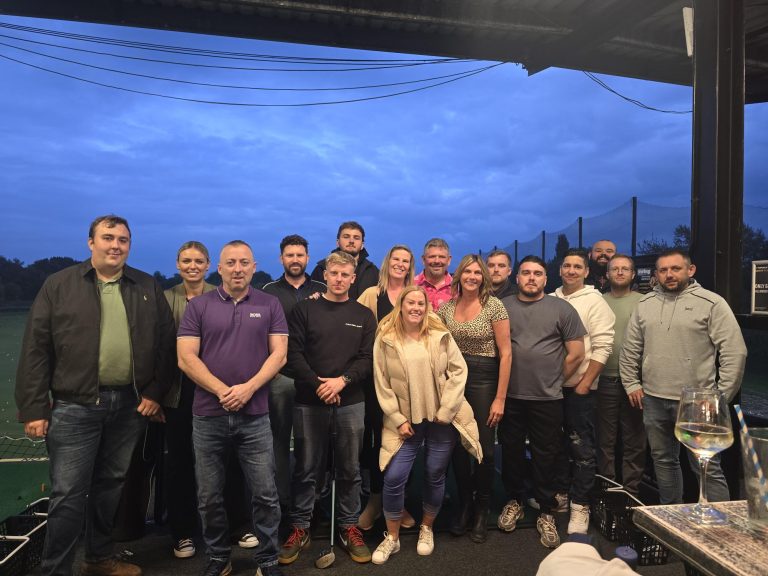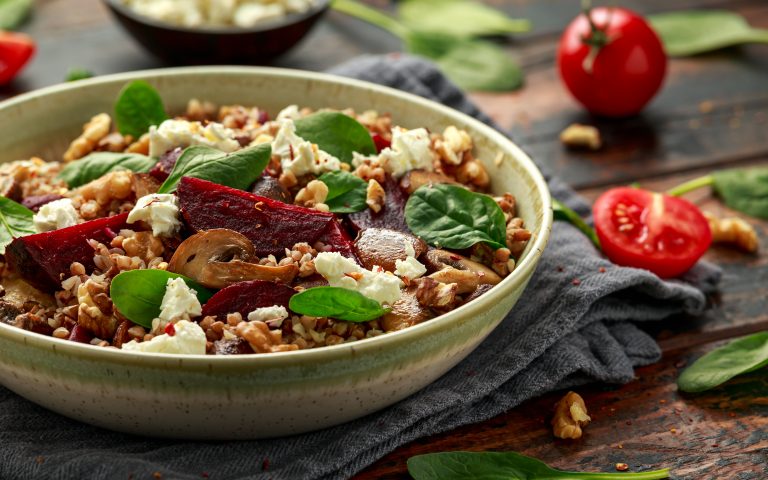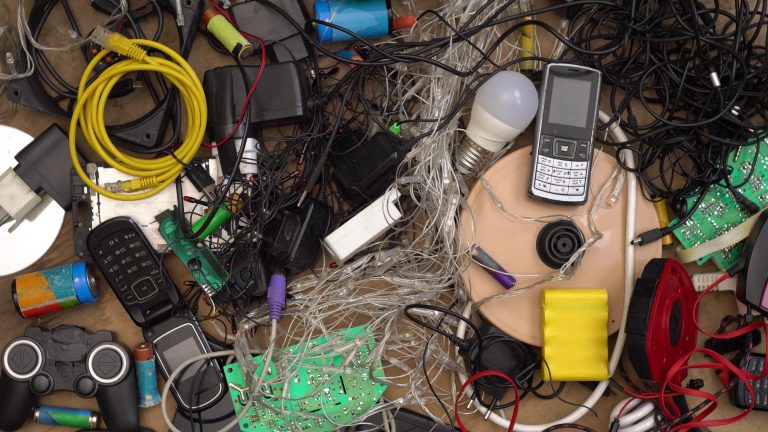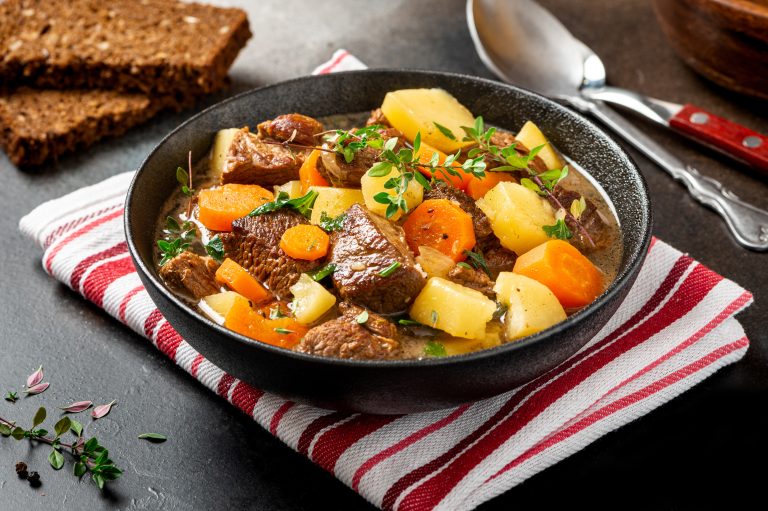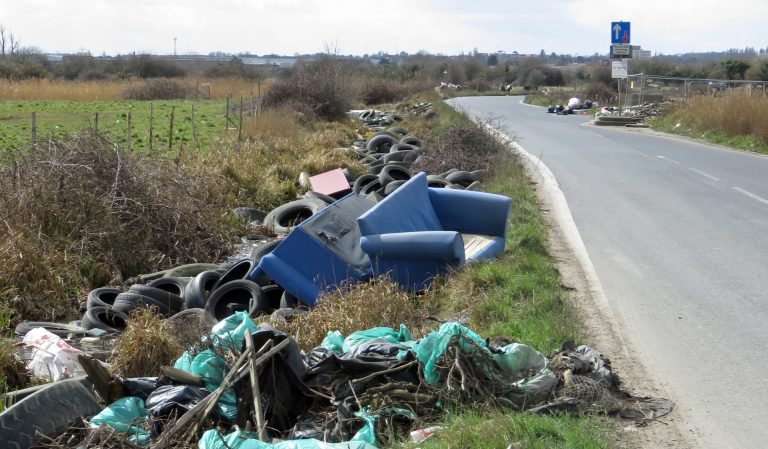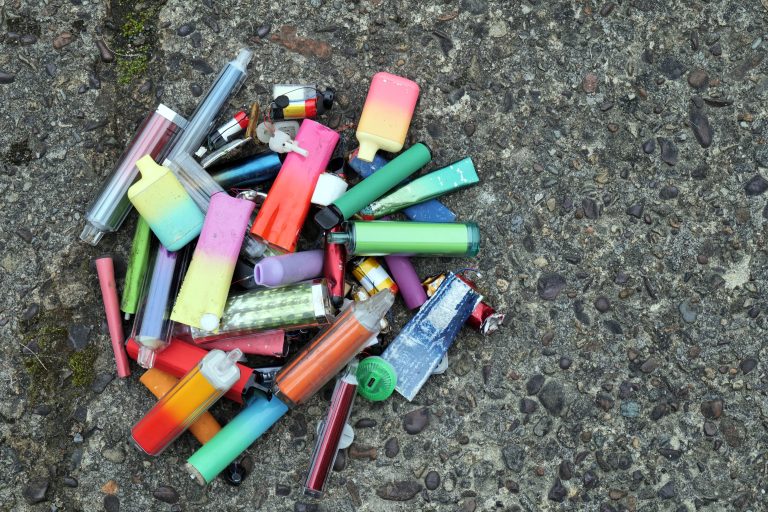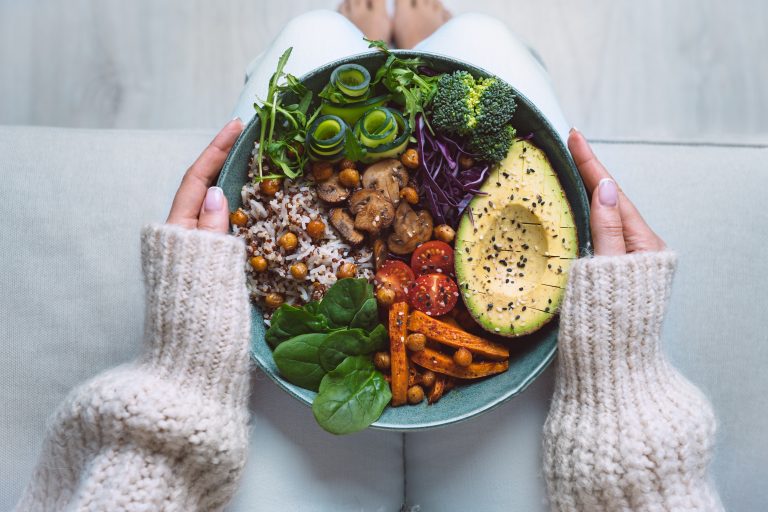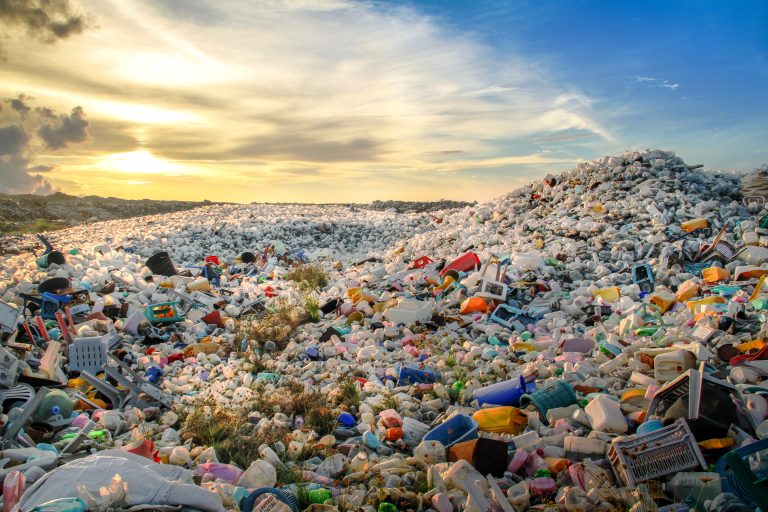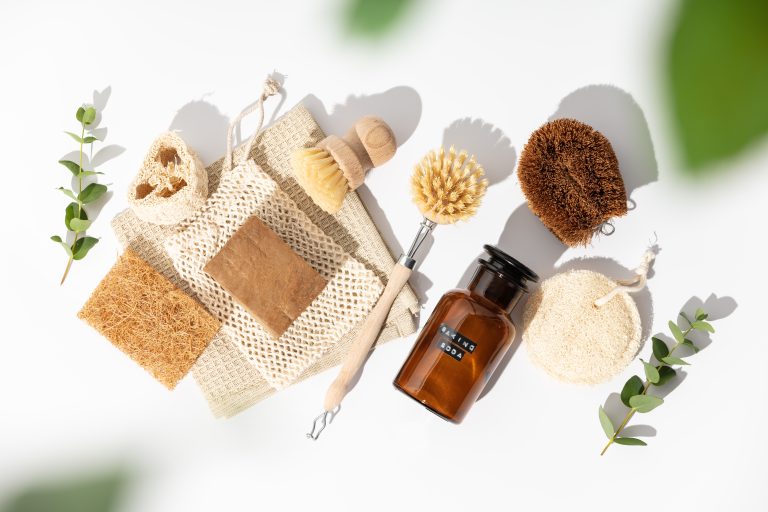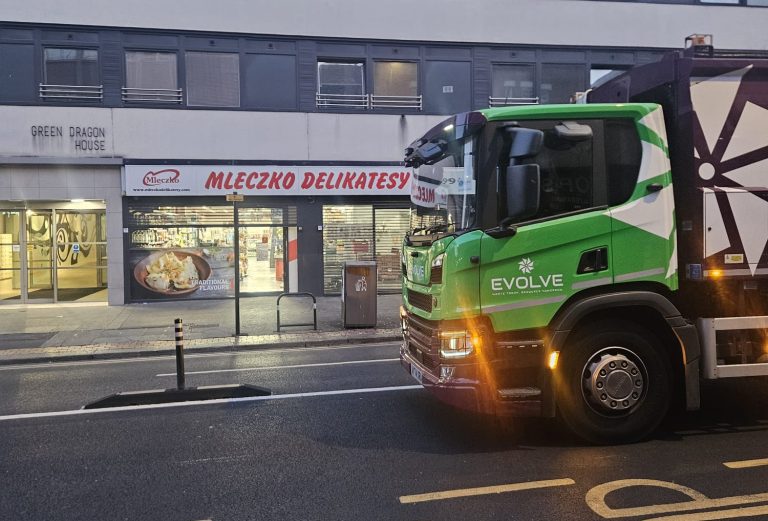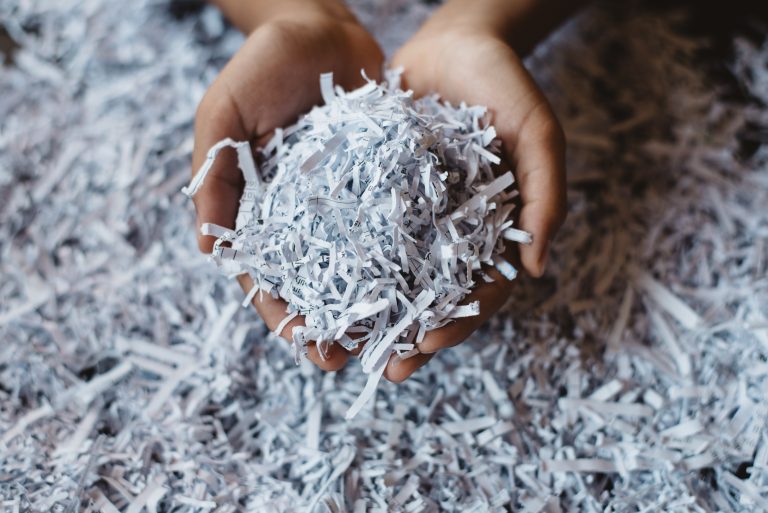The morning after Halloween brings a reality check: sweet wrappers everywhere, wilted decorations, a sad carved pumpkin, and costumes already outgrown. Halloween generates a mountain of waste, but with some thought, you can tackle it in a planet-friendly way that might even save money for next year.
The Pumpkin Problem
If your pumpkin’s still fresh, the flesh is completely edible. Make soup, roast it, or purée and freeze it for baking. Roast the seeds for a nutritious snack. If it’s past eating, chop it up for your compost bin (remove candles first), or leave chunks in your garden for hedgehogs, birds, and squirrels. Some areas have pumpkin collection schemes for bulk composting or farm animal feed – check your council’s website.
Don’t bin it with general waste. Pumpkins in landfill produce methane, a greenhouse gas far more potent than carbon dioxide.
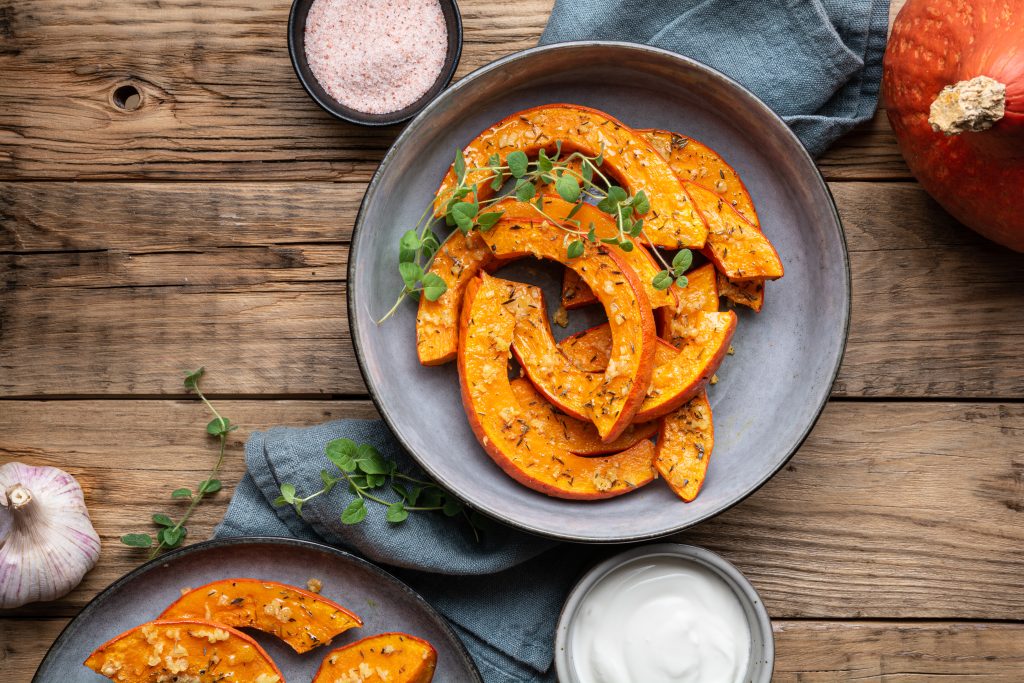
Sweet Wrapper Chaos
Those little wrappers are everywhere, and unfortunately most aren’t recyclable through standard collections. Collect them together and take to supermarket soft plastics recycling points. Some organisations run Terracycle schemes for confectionery wrappers – check for local collection points or school programmes.
For next year, consider buying sweets with less packaging, choosing recyclable cardboard boxes, or making homemade treats. Donate unopened packets or excess sweets to food banks or care homes rather than eating three months’ worth of chocolate in one week.
Decorations: Save, Donate, or Dispose
This is where you make the biggest impact for next year. Assess honestly before binning. That tired spiderweb might work another year. Paper decorations could be ironed or smoothed out. Invest in a labeled storage box specifically for Halloween. Wrap fragile items, keep batteries separate, and note what needs replacing. Your future self will thank you.
Donate usable items to charity shops, community centres, schools, and parent groups – just ensure they’re clean and working. Cardboard decorations can usually be recycled, and some plastic decorations depending on your local authority. Electrical items should go to recycling centres, not general waste.
Costumes: The Forgotten Waste
Costumes are one of Halloween’s biggest waste sources, with many cheap outfits worn once and binned. Pass them on to friends, family, charity shops, nurseries, or school dress-up boxes. Children grow quickly, so they probably won’t fit next year anyway. Sell good quality costumes on Vinted, eBay, or local selling groups for a fraction of the original price.
Get creative with repurposing. A witch’s dress becomes regular fancy dress. A vampire cape transforms into next year’s different costume. Fairy wings work for imaginative play year-round. If truly unwearable, use textile recycling banks that accept clothing in any condition – don’t bin it.

Face Paint, Makeup, and Accessories
Sealed or barely used face paints within their date can be saved for next year or donated to schools, drama groups, or community theatres. Expired or used products go in general waste. Wigs, masks, and props can all be reused. Store them with decorations for next year or donate to charity shops.
Party Supplies
Clean paper plates, napkins, and cardboard can often be recycled (check for plastic coating). Wash and save plastic tableware for future parties, or check your area’s recycling scheme. Deflate and bin foil balloons. Latex balloons can sometimes be composted if they’re 100% natural latex. Compost leftover party food or use food waste bins rather than general rubbish.
Making 1st November Count
Turn your clear-up into an annual ritual: photograph decorations before packing away so you remember what you have next year. Write notes about what worked and what you need. Clean everything before storing to prevent mould. Create a “next year” list while ideas are fresh.
The Bigger Picture
Halloween waste reflects our throwaway culture. In the UK alone, it generates thousands of tonnes of plastic waste, much of which could be avoided with better planning.
This 1st November, knee-deep in wrappers and deflated decorations, think about next year. Could you buy less? Reuse more? Choose quality over cheap disposables? Support community costume swaps?
The day after Halloween doesn’t have to be a guilty trudge to the bin. Yes, conscious clean-up takes more time than throwing everything away, but once you’ve established a routine, it becomes second nature. The satisfaction of doing right by the planet while saving money is worth more than any chocolate bar.

